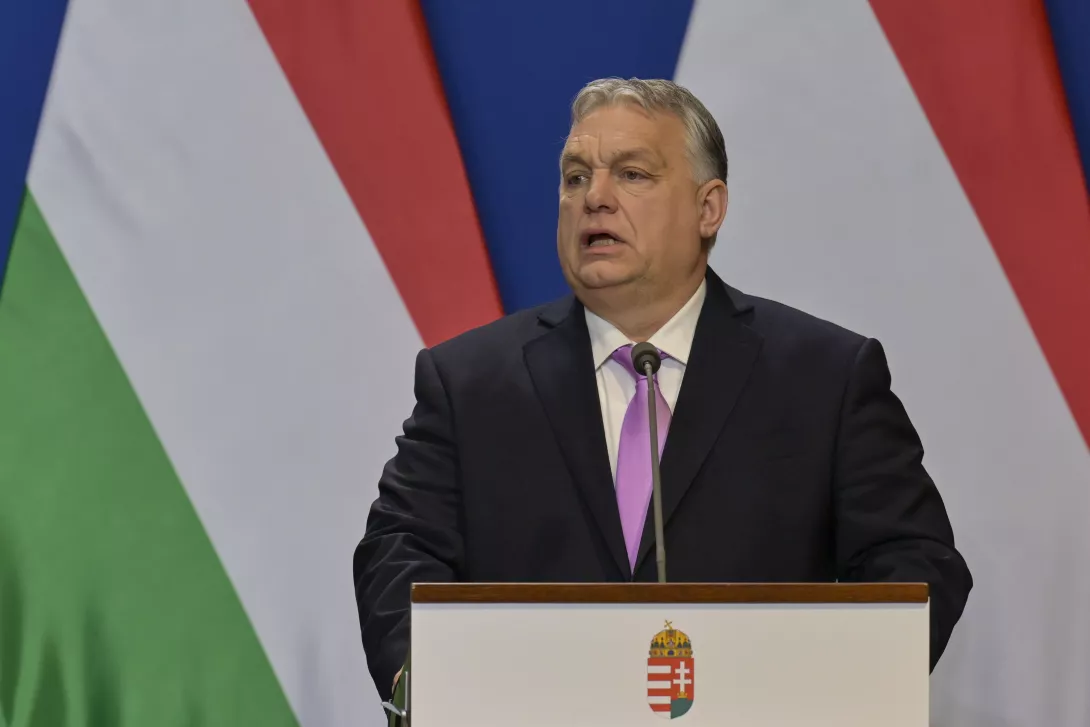GORDON PARSONS is bowled over by a skilfully stripped down and powerfully relevant production of Hamlet
How Nato went rogue
TOMASZ PIERSCIONEK welcomes a succinct demonstration of how Nato became a vehicle for the US to pursue its dreams of global dominance
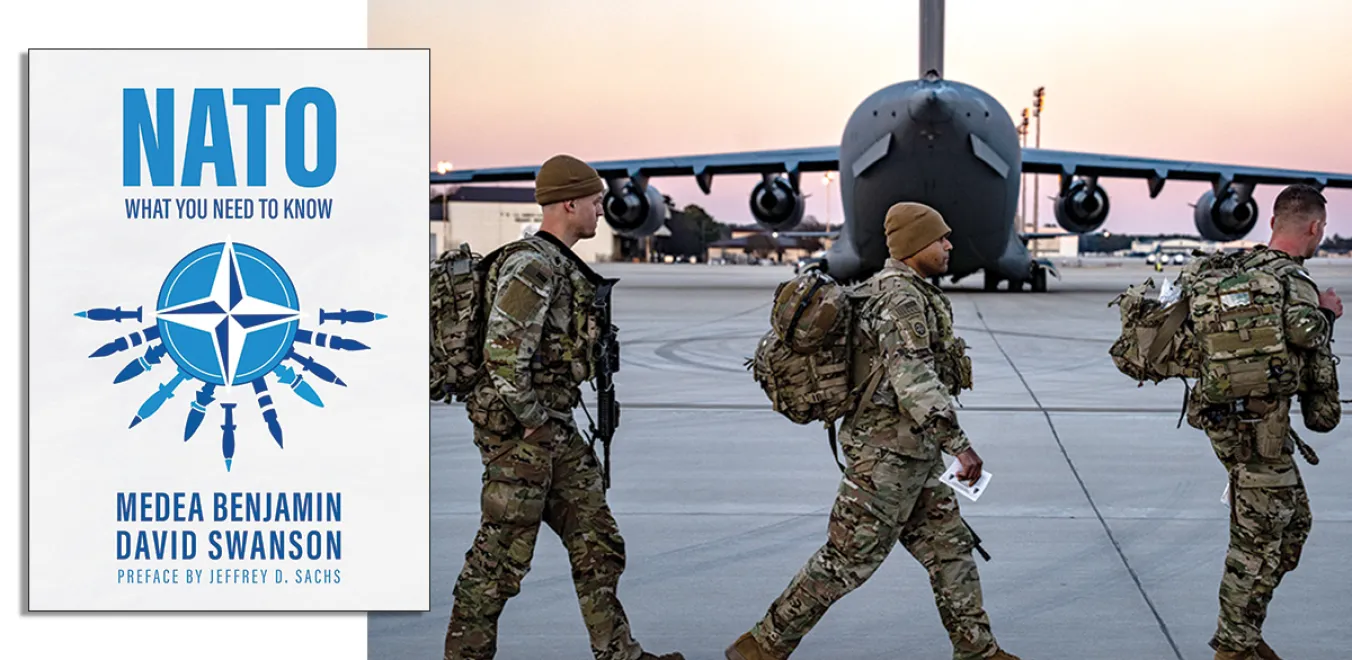
Nato: What You Need to Know
Medea Benjamin and David Swanson, OR books, £12.99
TO mark the 75th anniversary of Nato’s creation, veteran anti-war activists Medea Benjamin and David Swanson have published a book that explores the alliance’s origins and critiques its role in global affairs over the past several decades.
The authors produce a much needed antidote to the pervasive propaganda that claims Nato makes the world a safer place.
More from this author
The phrase “cruel to be kind” comes from Hamlet, but Shakespeare’s Prince didn’t go in for kidnap, explosive punches, and cigarette deprivation. Tam is different.
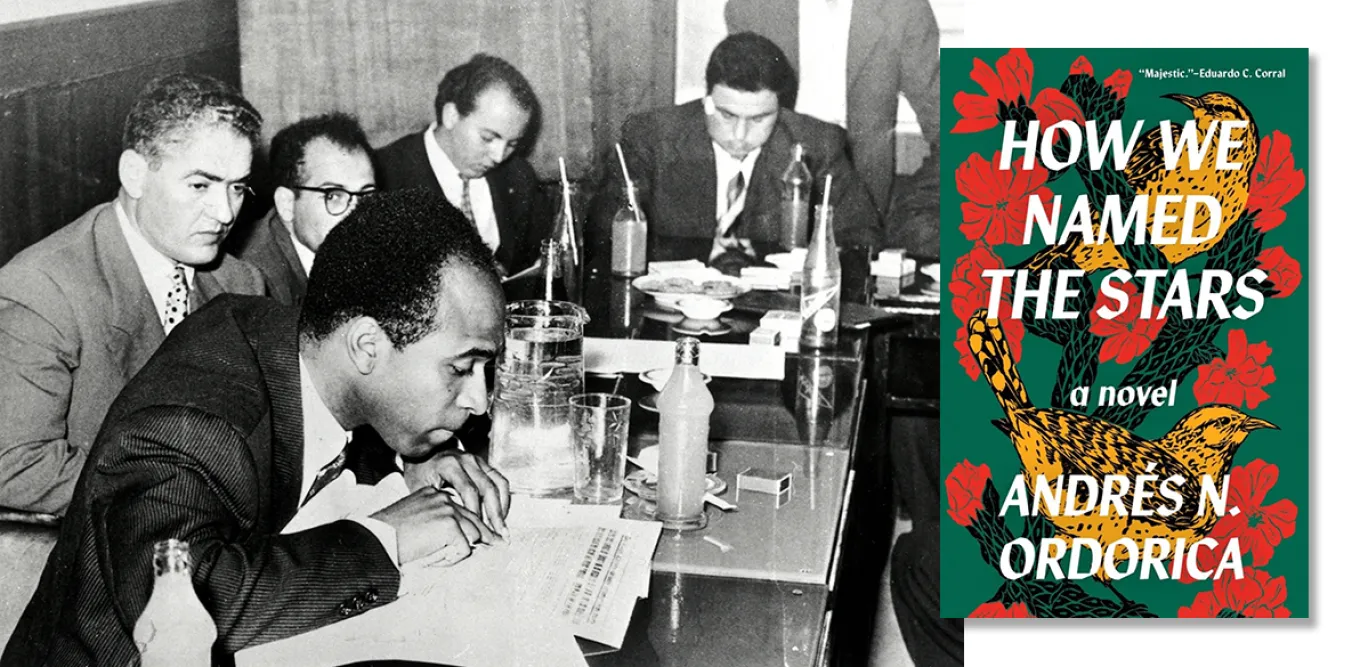
ANGUS REID deconstructs a popular contemporary novel aimed at a ‘queer’ young adult readership
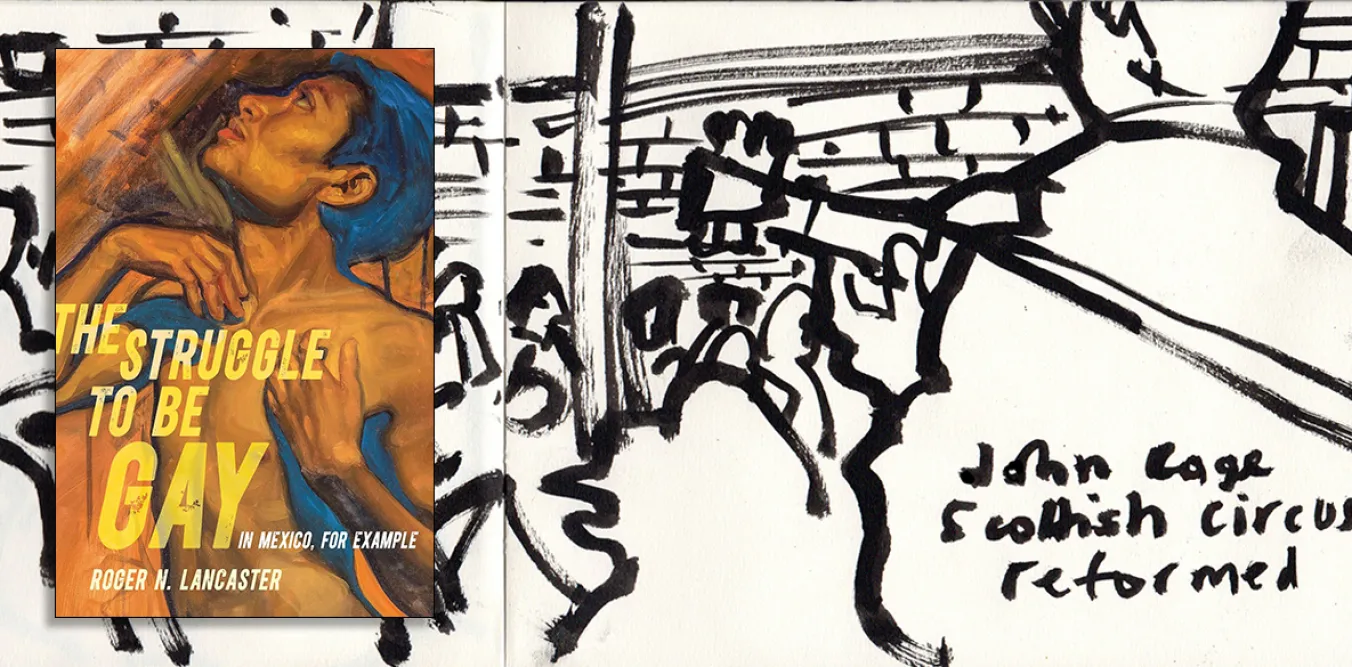
A landmark work of gay ethnography, an avant-garde fusion of folk and modernity, and a chance comment in a great interview

ANGUS REID applauds the inventive stagecraft with which the Lyceum serve up Stevenson’s classic, but misses the deeper themes
Similar stories
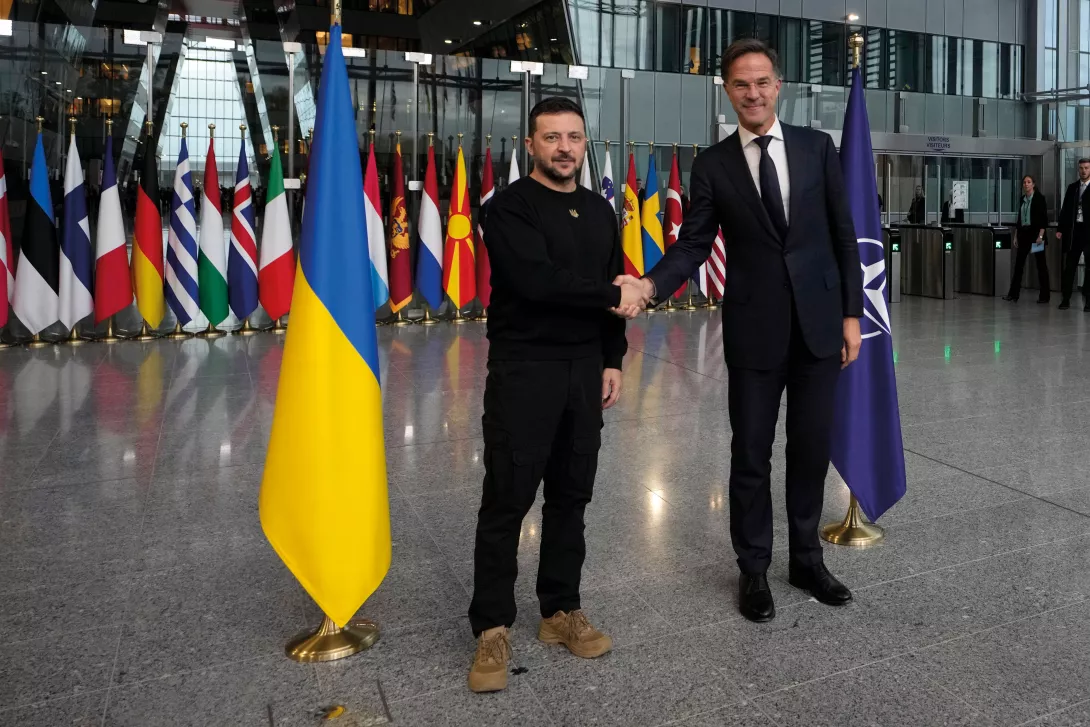
Ian Sinclair interviews MEDEA BENJAMIN and DAVID SWANSON about their new book on Nato, explaining how the 1999 bombing of Yugoslavia established a template for military interventions, undermining international law and diplomacy
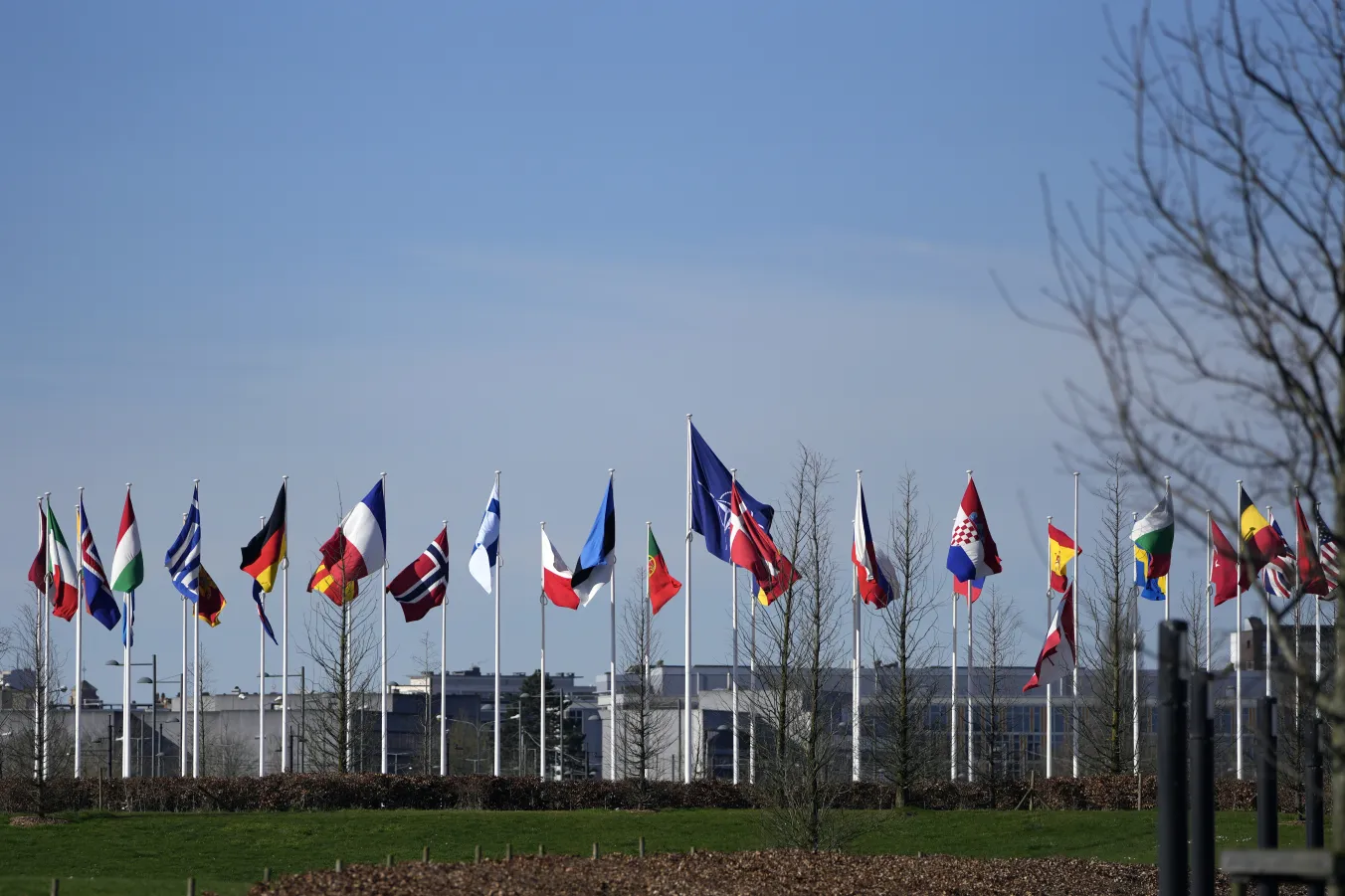
As the alliance gathers in DC, its leaders will push for endless war in Ukraine and ignore the public appetite for peace talks. The world can’t afford to wait for this nuclear-armed war machine to dissolve itself, argue MEDEA BENJAMIN and NICOLAS JS DAVIES











